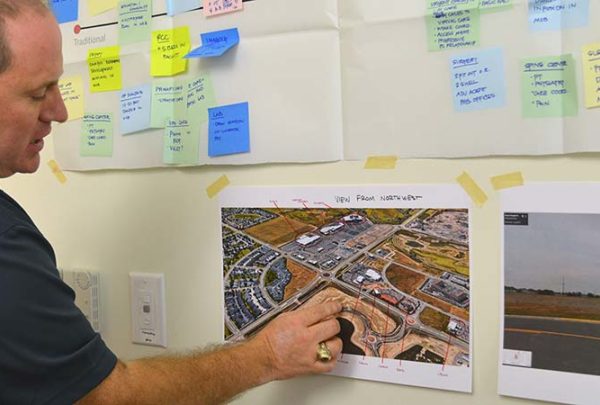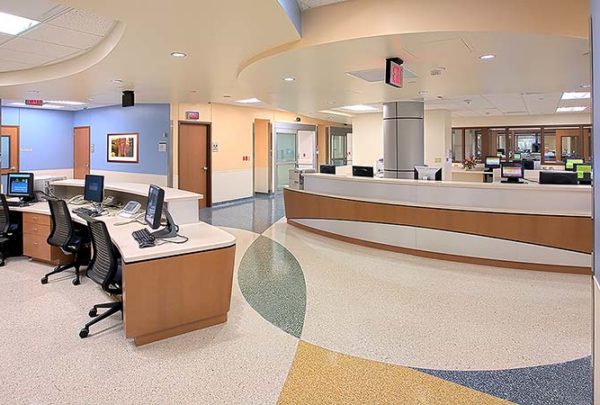When cutting costs, many hospitals trim less expensive staff, like techs and transporters. You may suspect this is a bad move, but we help you make the business case for creating the most efficient staffing model.
We illustrate what happens when transporters don’t move admitted patients from the Emergency Department. When nurses pick up the slack, it takes time away from the remaining patients’ bedsides and slows throughput.
Calculating the cost of nurses picking up the slack
Let’s say an 80,000 census ED admits 20% of their patients per day, and 2/3 of those and not emergent. As such, they do not require a nurse transport to the inpatient unit. Assume each transport takes 30 minutes from start to finish (from leaving the ED until returning to the ED). Twenty-four peak volume admitted patients with thirty minutes each of transport time consumes twelve hours per day.
- Using patient transport staff at $19.50 per hour costs a hospital $85,410 to complete per year.
- When staff cuts eliminate transporter positions, this same work performed by a $45/hour nurse costs $197,100 per year.
In this scenario, cutting transporters costs twice as much as keeping them!
But it’s more than just the labor cost of the staff transporting the patient. We must also factor the cost of taking the nurse away from the patient bedside.
Calculating the cost of taking nurses away from the bedside
Imagine that it takes a nurse thirty minutes to transport a patient. During that time, another ED patient’s interrupted care now takes thirty minutes longer than it otherwise would have.
- During peak hours (usually 16 hours per day) we assume each RN has three patients, and,
- During non-peak hours we assume each RN has one patient.
Every time a nurse transports one patient, the other patients who remain in the ED each wait thirty minutes. The cost of the nurse being away for thirty minutes is sixty minutes for the two remaining patients. You can see how the time adds up. For our 80,000 patient ED it adds up to almost 14,000 hours/year of waiting. This number does not include the patients waiting in line behind those already in treatment spaces.








































































































